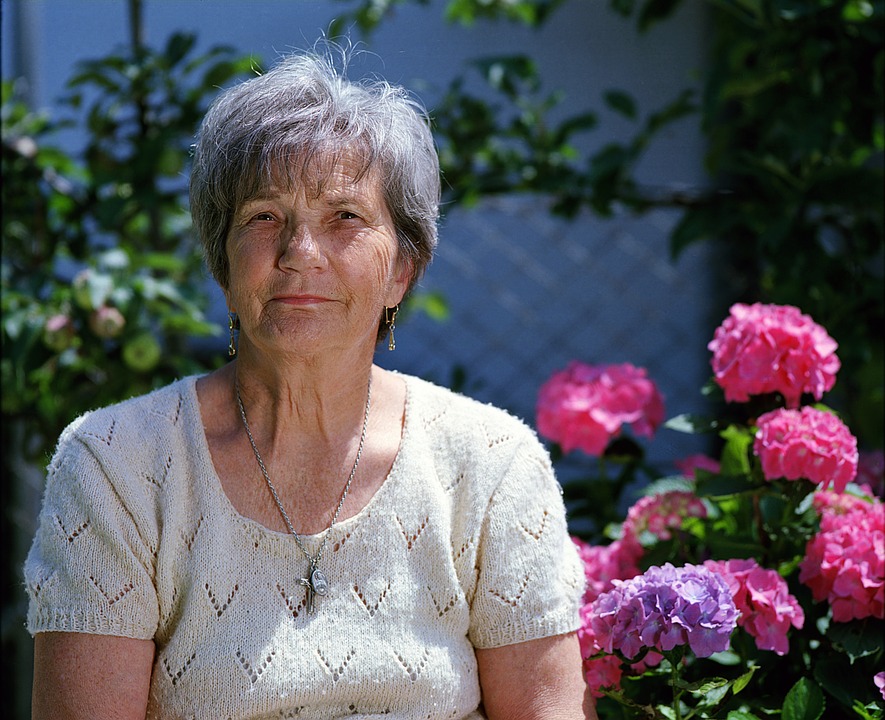
A study published in Health Services Research by professor of health care policy David Grabowski, PhD, and colleagues found that increased use of assisted living has had a negative effect on the demand for long-term care provided by nursing homes.
“Our research suggests private pay occupancy has fallen in nursing homes located in counties with disproportionately high growth in assisted living," Grabowski told McKnight's Senior Living.
Between 2007 and 2014 the average number of assisted living beds per county increased from 285 to 324, while nursing homes experienced a 3% decrease in private-pay residents. The study suggests that this may be caused by residents staying in assisted living longer, even if their condition worsens. Patients recovering from an acute event may be transitioned to assisted living when their rehab care ends, as opposed to remaining in a nursing home.
The study team warns that this trend will most likely continue, and it will be important to continue to assess the effect on other long term care sectors.